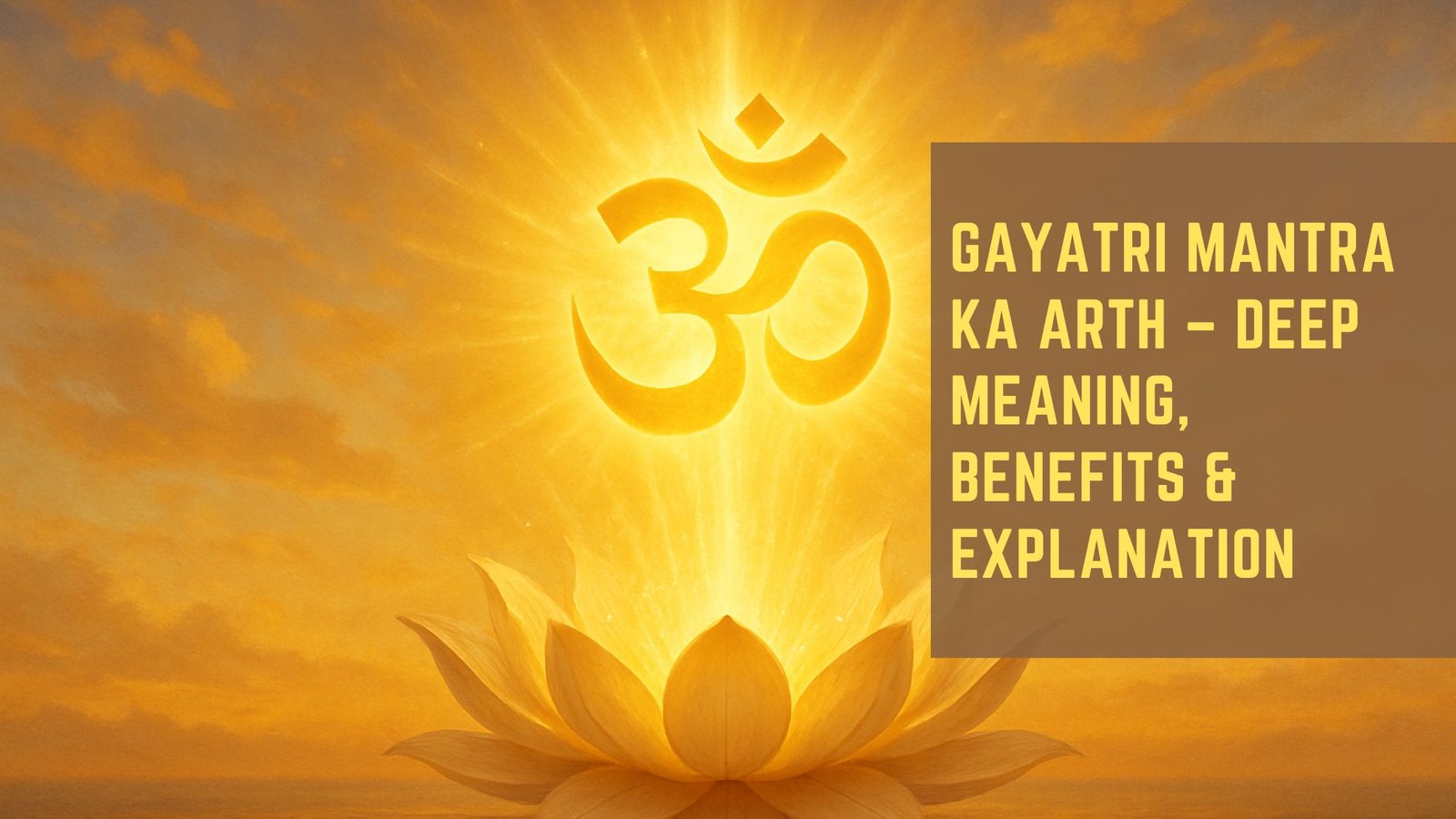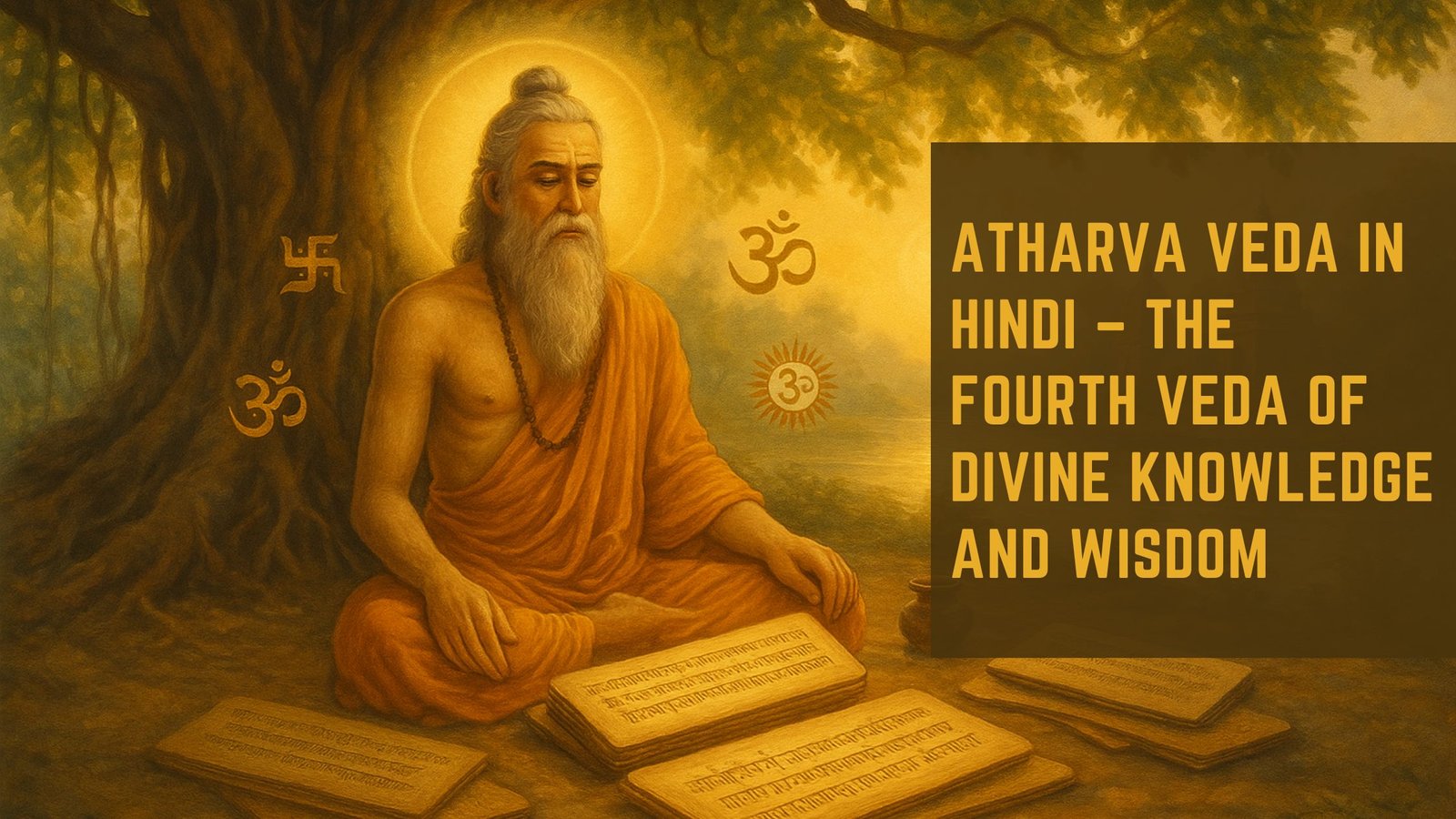The Bhagavad Gita, often referred to simply as the Gita, is a 700-verse Hindu scripture that is part of the Indian epic Mahabharata. It is a philosophical dialogue between Prince Arjuna and Lord Krishna, who serves as his charioteer. This sacred text addresses the moral and philosophical dilemmas faced by Arjuna as he prepares to go into battle against his own relatives, teachers, and friends.
The Gita is not merely a religious scripture; it is a profound exploration of human existence, ethics, and the nature of reality. Its teachings transcend time and culture, offering insights that resonate with individuals seeking clarity in their lives. The Gita’s significance lies in its ability to address the complexities of life, providing guidance on how to navigate challenges while remaining true to one’s principles.
It delves into various themes such as duty (dharma), righteousness, devotion, and the pursuit of knowledge. The text encourages individuals to reflect on their responsibilities and the impact of their actions on themselves and the world around them. As such, the Bhagavad Gita serves as a timeless guide for those striving to find meaning and purpose in their lives.
Key Takeaways
- The Bhagavad Gita is a sacred Hindu scripture that offers guidance on how to live a purposeful life.
- Dharma, the concept of duty and righteousness, is a central theme in the Bhagavad Gita, emphasizing the importance of fulfilling one’s responsibilities.
- Bhagavad Gita 3:31 highlights the significance of performing one’s duty without attachment to the results, emphasizing the importance of selfless action.
- Applying the teachings of Bhagavad Gita 3:31 in daily life involves focusing on the present moment and performing actions with a sense of duty and detachment from outcomes.
- Finding purpose and fulfillment through Dharma involves aligning one’s actions with their inner values and principles, leading to a sense of fulfillment and contentment.
Understanding the concept of Dharma
The Complexity of Dharma
The Gita illustrates the intricacies of dharma through Arjuna’s internal conflict as a warrior. Torn between his duty to fight for justice and his reluctance to harm his kin, Arjuna’s struggle highlights the complexity of dharma, which is not always clear-cut or easy to discern.
The Universal Significance of Dharma
Dharma extends beyond mere obligation, embodying the idea of living in harmony with the universe and fulfilling one’s role within it. Each individual has a unique dharma based on their circumstances, abilities, and societal position.
The Importance of Adhering to Dharma
The Gita teaches that adhering to one’s dharma is crucial for personal growth and societal well-being. By understanding and embracing their responsibilities, individuals can contribute positively to the world around them while also achieving inner peace and fulfillment.
Exploring the significance of Bhagavad Gita 3:31

In Bhagavad Gita 3:31, Lord Krishna emphasizes the importance of performing one’s duties while remaining unattached to the results of those actions. He states that those who follow this path not only uphold their own dharma but also inspire others to do the same. This verse encapsulates a fundamental teaching of the Gita: the idea that selfless action leads to spiritual growth and societal harmony.
By focusing on duty rather than personal gain, individuals can cultivate a sense of purpose that transcends their immediate desires. The significance of this verse lies in its call for individuals to act with integrity and commitment while relinquishing attachment to outcomes. In a world often driven by competition and material success, this teaching serves as a reminder that true fulfillment comes from aligning one’s actions with higher principles.
By embodying this philosophy, individuals can create a ripple effect, encouraging others to engage in selfless service and contribute positively to their communities.
Applying the teachings of Bhagavad Gita 3:31 in daily life
| Teaching of Bhagavad Gita 3:31 | Application in Daily Life |
|---|---|
| Perform your duty, established in yoga, O Arjuna, abandoning attachment and remaining balanced in success and failure. Such evenness of mind is called yoga. | 1. Performing daily tasks without being attached to the results. 2. Maintaining balance and composure in both success and failure. 3. Cultivating a mindset of equanimity and detachment in all actions. |
Integrating the teachings of Bhagavad Gita 3:31 into daily life requires a conscious effort to shift one’s mindset from a results-oriented approach to one focused on duty and intention. This transformation begins with self-awareness; individuals must recognize their responsibilities and the impact of their actions on themselves and others. By cultivating mindfulness in daily activities, one can begin to act with purpose and clarity, ensuring that their actions align with their values.
Moreover, embracing this teaching can lead to greater resilience in the face of challenges. When individuals focus on performing their duties without attachment to outcomes, they become less susceptible to disappointment and frustration. This shift allows them to navigate life’s uncertainties with grace and equanimity.
By fostering an attitude of selfless service, individuals can find joy in their contributions, regardless of external recognition or success.
Finding purpose and fulfillment through Dharma
The pursuit of dharma offers individuals a pathway to discover their true purpose in life. By engaging with their responsibilities and aligning their actions with their values, they can cultivate a sense of fulfillment that transcends material achievements. The Bhagavad Gita teaches that when individuals act in accordance with their dharma, they tap into a deeper sense of meaning that enriches their lives and those around them.
Finding purpose through dharma also involves recognizing the interconnectedness of all beings. As individuals fulfill their roles within society, they contribute to a larger tapestry of existence that supports collective well-being. This understanding fosters compassion and empathy, encouraging individuals to act not only for their own benefit but also for the greater good.
In this way, the pursuit of dharma becomes a transformative journey that leads to personal growth and societal harmony.
Overcoming obstacles in the pursuit of Dharma

The path of dharma is often fraught with challenges and obstacles that can deter individuals from fulfilling their responsibilities. Fear, doubt, and societal pressures can create internal conflicts that make it difficult to discern one’s true path. However, the teachings of the Bhagavad Gita provide valuable insights for overcoming these hurdles.
By cultivating self-awareness and seeking guidance from within, individuals can navigate these challenges with clarity and resolve. Additionally, developing resilience is crucial in overcoming obstacles on the path of dharma.
This mindset allows them to remain steadfast in their commitment to their duties, even when faced with difficulties.
Embracing the interconnectedness of all beings
One of the profound teachings of the Bhagavad Gita is the recognition of the interconnectedness of all beings. This understanding fosters a sense of unity and compassion that transcends individual differences. When individuals acknowledge that their actions impact others, they are more likely to act with kindness and empathy.
The Gita teaches that by serving others and contributing positively to society, individuals not only fulfill their own dharma but also promote collective well-being. Embracing interconnectedness also encourages individuals to cultivate a sense of responsibility towards the environment and future generations. The teachings of the Gita inspire individuals to consider the broader implications of their actions, fostering a sense of stewardship for the planet and its inhabitants.
By recognizing that all beings are interconnected, individuals can develop a deeper appreciation for life and a commitment to living in harmony with nature.
Living a purposeful life through the teachings of Bhagavad Gita 3:31
In conclusion, the teachings of Bhagavad Gita 3:31 offer profound insights into living a purposeful life rooted in dharma. By focusing on duty without attachment to outcomes, individuals can cultivate resilience, find fulfillment, and contribute positively to society. The Gita’s emphasis on interconnectedness further enriches this journey, encouraging individuals to act with compassion and empathy towards all beings.
As individuals embrace these teachings in their daily lives, they embark on a transformative journey towards self-discovery and personal growth. The Bhagavad Gita serves as a timeless guide for navigating life’s complexities while remaining true to one’s principles. Ultimately, by living in accordance with dharma, individuals can create a meaningful existence that resonates with purpose and fulfillment, inspiring others along the way.
In a related article on The Gita, the key to self-improvement and inner strength is explored in depth. This article delves into the eternal wisdom of the Bhagavad Gita, shedding light on the teachings found in Chapter 3, Verse 31. The verse emphasizes the importance of performing one’s duty without attachment to the results, a concept that is further elaborated upon in the article. By understanding and applying the teachings of the Gita, individuals can cultivate inner strength and improve themselves on a spiritual level.
FAQs
What is the significance of Bhagavad Gita chapter 3 verse 31?
This verse emphasizes the importance of performing one’s duty without attachment to the results. It teaches the concept of selfless action, known as “karma yoga,” which is a central theme in the Bhagavad Gita.
What does Bhagavad Gita chapter 3 verse 31 teach?
The verse teaches that one should perform their prescribed duties, even if imperfectly, rather than performing another’s duties perfectly. It emphasizes the idea of dedicating one’s actions to the greater good without being attached to the outcomes.
How does Bhagavad Gita chapter 3 verse 31 relate to daily life?
This verse encourages individuals to focus on their responsibilities and duties without being overly concerned about the results. It promotes the idea of selfless service and the importance of fulfilling one’s obligations with dedication and sincerity.
What is the context of Bhagavad Gita chapter 3 verse 31?
This verse is part of a conversation between Lord Krishna and Arjuna on the battlefield of Kurukshetra. Lord Krishna is imparting spiritual wisdom and guidance to Arjuna, who is facing moral dilemmas about participating in the battle.















